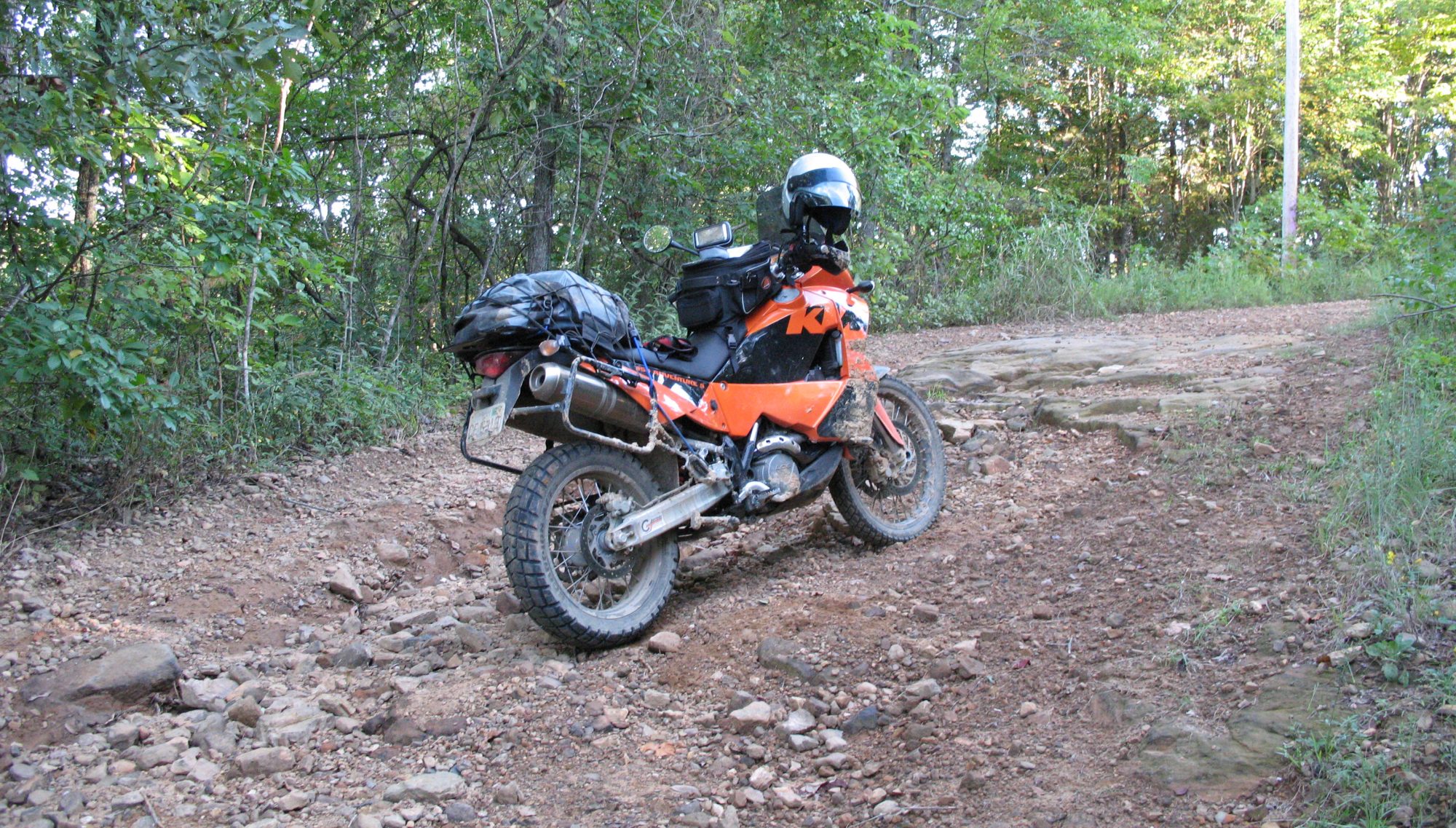I decided that I would add fog lights to my Goldwing after seeing the huge difference in visibility they gave – not to improve my visibility AS a rider, but to improve my visibility TO other drivers. I decided against the Honda lights as they seemed overpriced, and a couple of other kits were not earning good reviews for quality. I chose the Ion series of lights by Electrical Connection. I have some other products from this company and they are high quality, work as intended, and the company stands behind them. The kit was just as I expected – well-constructed, with decent to good quality installation instructions, and they fit properly without any mucking about.
I went to remove the lower front cowling and the first problem was apparent. The lowest screw on the right side had buggered threads, and as a result the screw was ruined but I was able to run a 6mmx1 tap through the nut and clean it up. I used a Dremel tool to remove the “caps” where the lights are to be placed, and a small end mill to clean up the tabs afterwards. Mounting the lights on the cowling was fairly simple, but I added some extra stainless steel cotter pins to make it easier to install the mounting springs. OK, lights mounted and centered in the holes.
The electrical part was fairly simple. I chose an OEM switch, so that necessitated removing the left-side switch panel. To remove that I had to remove the Baker Air-Wings and the trim strip. I removed the blank, inserted the switch, and connected it to the harness with the keyed 4-conductor plug. Simple enough. I then routed the wires from the battery forward under the frame and then over the left-side cylinder head to the front of the engine. I used a fish wire to pull the relay trigger wire up to the switch I just installed and plugged it in. I have the EC power plate, a neat method of connecting several accessory circuits that keeps the wiring neat. Rather than put another set of ring terminals under the battery posts, I used a position on the power plate and a 15a fuse. I have a ground terminal strip so the ground wire went there. Making sure there would be no short, I turned the bike on and checked voltage at the wires and +12v was the result. OK, that’s done. I put the seat back on, the left-side battery cover, the trim strip, and the Baker Air-Wings. Then I retested the power and I still had +12v. Good. All that remains is to plug the lights in and reinstall the lower cowl.
The plugs are keyed but it really doesn’t matter. The connectors are insulated and the connection is covered after the lights are plugged in. Following the directions I installed the top screws first (the longer ones). The cowling went on easily and all screws and pushbuttons went into place properly the first time. Some folks have had fits trying to reinstall the cowling, maybe I just had a run of beginner’s luck. When I take this apart to have the cowling painted black I will find out if my beginner’s luck has run out or not.
The lights look good and can be seen from quite a distance. The combination of the yellow light down low and to either side, the headlights, and the running lights on the side mirrors makes for a VERY visible vehicle. That was the intent and if the lights help me to see better, great. I will be very happy if no one pulls out in front of me, or turns across my path.
